How To Make Animal Eat Sleep Unity
Not all animals sleep. Some animals stay awake all the time or simply relax once in a while without sleeping. Let'southward dig into this question.
Which animals do not sleep?
These 5 animals never sleep:
- Jellyfish
- Bullfrogs
- Insects (multiple)
- Bounding main Urchins
- Baby Dolphins
We will also await at some other species with very weird and dissimilar sleeping patterns.
Sleep in the animal kingdom looks very different than amongst humans.
Let'southward offset by looking at how these animals manage to get abroad with not sleeping. In that location are different reasons for this unique behavior every bit you volition see.
Let me dive in!
5 The Animals That Never Slumber
How do we know whether an animal is awake or asleep? At that place are actually several ways of knowing that.
We can look at brain action for some species or we can look at center motility to look for REM sleep. During the REM (Rapid Centre Motility) sleep we can observe the slumber state by looking at the eyes of the fauna.
1) Jellyfish don't sleep

Jellyfish don't slumber. In fact, they cannot sleep.
For a very good reason.
In order to sleep you demand a brain and the jellies don't take brains. That'southward why they never sleep.
Instead of a brain Jellyfish have a more primitive network of tentacles and sensors to feed Zooplankton, tiny fish, and other minor sea creatures into their oral cavity.
You can read more well-nigh the Jellyfish here. Nosotros too take a pretty lengthy article about all the animals without brains.
2) Bullfrogs
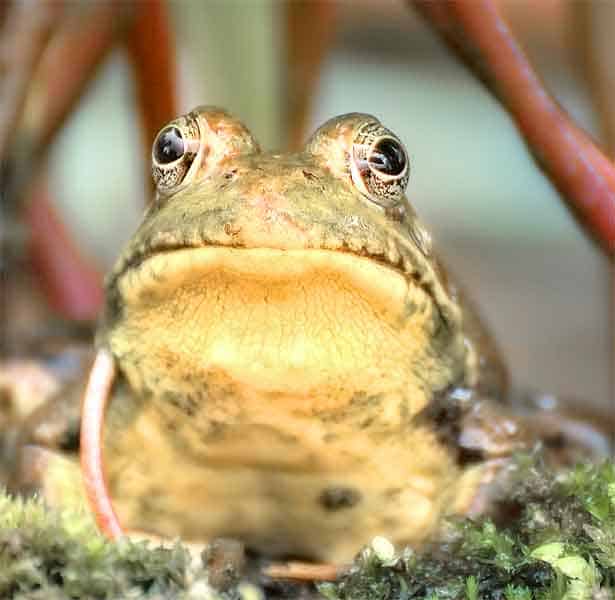
Bullfrogs are large frogs that never sleeps.
They are i of the few animals that have been tested in inquiry in labs in order to monitor their behavior. And the zoologists found something amazing.
The Bullfrog bear witness some remarkable behavior.
Information technology is active during the nighttime and information technology also doesn't really balance during the day. In fact, they were not able to observe any form of dormant beliefs at any point during day or night.
Scientists have tested these frogs and constitute that they were always warning and ready to react to stimuli.
But the zoologists haven't been able to test their encephalon activeness and then they might have a special manner of resting while staying alert.
Who knows.
three) Multiple insects
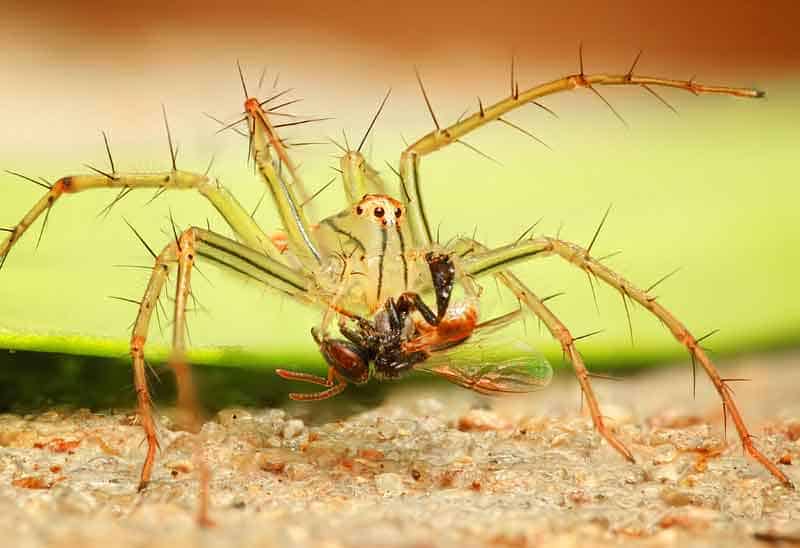
Insects and other arthropods practise not sleep.
Instead, they enter a state called "torpor".
According to Britannica.com, the torpid state is a state of rest where the torso temperature is lowered a bit and it may concluding as long as the dark.
Collywobbles go into a state of torpor every night. And according to biologist Katy Prodic from Oregon State Academy in Corvallis, we don't know if they slumber during this stage.
The torpid state is a dormant state that not simply looks similar sleep merely also enables the animal to live without food for longer periods of fourth dimension. Animals will go into this state in society to survive during the winter and other periods with very little food to eat.
Then a menses of cold weather condition volition often trigger a torpid time for insects.
They also ho-hum down their heartbeats during this time and they will not eat or get whatsoever nutrients during this time.
This is likewise what goes on when you find insects very passive on cold summer mornings. When the sky is clear during the night and the temperature lowers in the morning these lilliputian creeps will sit very passively in their torpid state.
This is a proficient fourth dimension to observe these otherwise shy creatures.
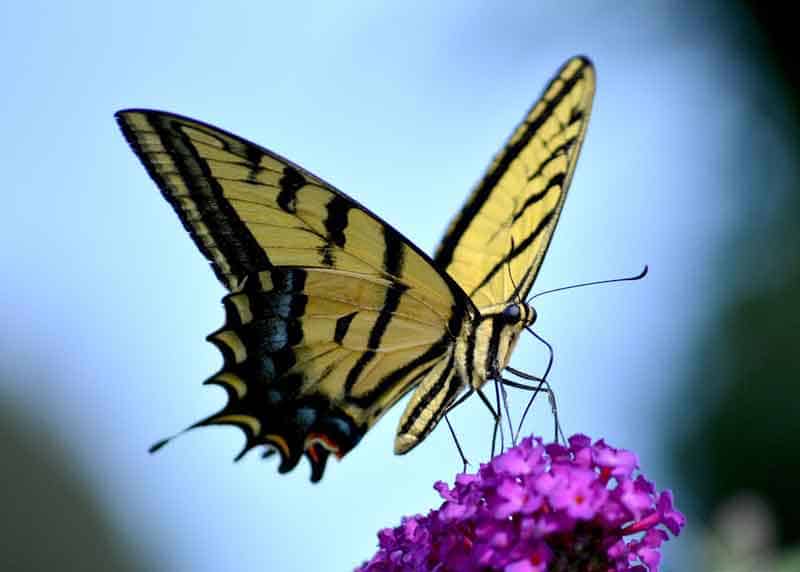
In some cases, animals go into hibernation which is also a form of torpid land.
Hibernation tin can concluding from weeks to one-half a year.
The Brown Bears will hide for around 6 months each year. They go into their dens during September/October and will stay there until around Apr. This is a very long catamenia of rest where they are not eating, not pooping, and frequently they will only wake a few times during the period.
4) Sea Urchins
Body of water urchins are another brainless animal. And then they are too incapable of sleeping.
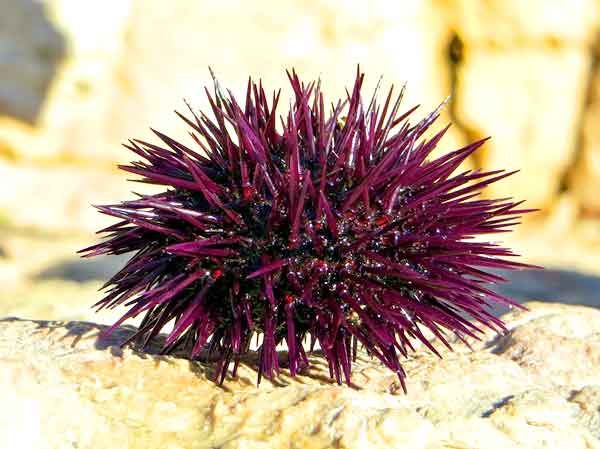
Sea Urchins tin exist very active with their many tiny spiky legs.
I was lucky enough to find a couple of Bounding main Urchins a couple of months ago and they were very agile. They will sometimes slow down and stay yet for shorter periods but they are not sleeping.
They are elementary creatures with a direct link between the moving legs and the spine.
Instead of a brain, the Sea Urchins have a simple nervous system that enables it to motility and feed. It's i of the very few brainless animals that can really move around. You lot tin can see more than here near the other animals without a brain.
5) Newborn Baby Dolphins practice non slumber

Baby Dolphins will not slumber during the first calendar month.
They will stay very close to their mother and be alarm and awake. The mother will likewise stay awake and the reason for this is probably to exist aware of predators until the niggling ones are big plenty to have care of themselves.
This research has been fabricated by a team from the University of California at Los Angeles. They establish that Dolphins have a very different approach to sleeping than most other newborn and new parents.
Unremarkably, animals will slumber as much as possible in the fourth dimension afterward nascence. So this discovery is quite surprising!
The trivial Dolphins will come up to the surface 5-20 times per hour in order to breathe.
This doesn't seem to stress the animals. The scientists discovered that the levels of cortisol (stress hormones) were normal and so the animal was totally OK even though they did not get any sleep.
Humans and most mammals will quickly get very stressed out when they don't get to sleep for even a few days.
thirteen Animals That Sleep Very Little
one) Giraffes
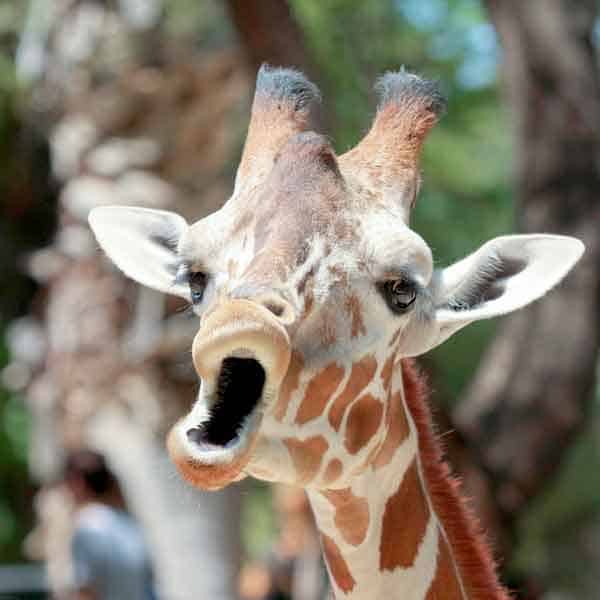
Giraffes are very special animals with their long necks and alpine posture. So you can imagine that sleeping would exist pretty difficult.
And information technology is.
They might take a power nap now then simply they never fully enter a deep-sleep fashion.
They tin can sleep a total of 30-40 minutes during the day by napping here and there. By staying alert they can make certain not to autumn or become hunted by a predator.
They might eventually lean their neck backward to rest their caput on the rump. In that case, the Giraffe will slumber for a few minutes. Other times, information technology will just nod quickly and be awake again after near no time.
2) Elephants
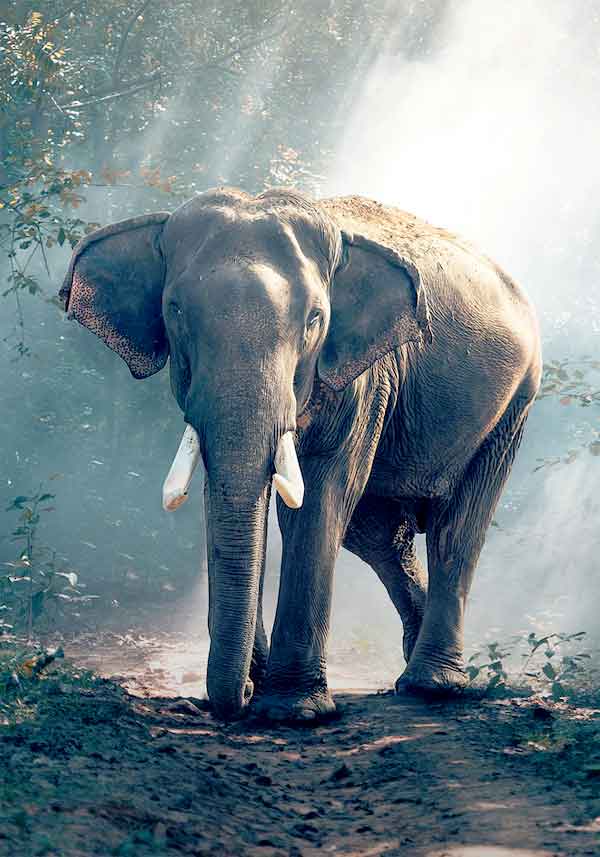
Elephants are besides very special animals when information technology comes to sleeping patterns.
They will spend most of the day eating or trying to find nutrient. After all, information technology takes a lot of work and attempt to be 1 of the biggest terrestrial animals.
Elephants in a Zoo will sleep much more than their wild cousins. This is probably because they are safer and don't need to spend as much time eating and searching for food.
Just they might somewhen lean up confronting a tree or even lay downward on the side. Infant elephants are smaller (obviously) so they tin can easily lay downwardly on the side or on the belly in order to have a nap.
3) Horses

Horses are also known to spend very little time sleeping.
But they will eventually put in a few hours. And they can do and so standing up or laying down. It'due south quite interesting to watch a horse slumber, actually.
The reason horses adopt to sleep while continuing upward has to practice with the fashion their body is constructed.
Horses cannot get up (or down) quickly. So in lodge to stay prophylactic, they prefer to slumber while continuing. That way they are always ready to move and stay alert to dangers.
Horses need very little deep sleep. This is the sleep we usually refer to every bit REM sleep. That'southward where we are far away and it takes time to go into REM sleep which is crucial for humans in order to stay good for you and sane.
The sleeping time per solar day varies per breed.
But horses volition in general sleep for a couple of hours every day. 2-iii hours of sleep is plenty.
So they are much more than efficient sleepers than humans!
four) Whales
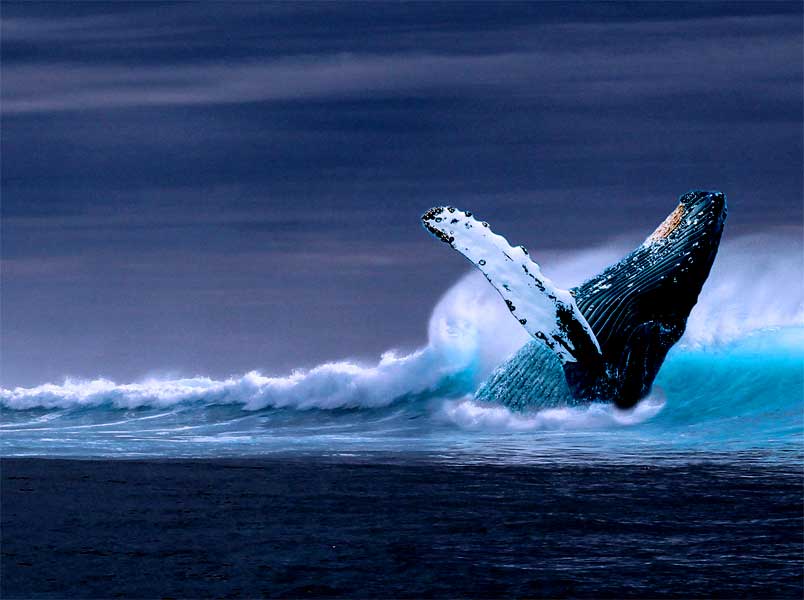
Other animals that hardly sleeps are whales.
Whales will merely slumber effectually one,5 hours per day. When they sleep, the torso temperature is lowered. So it's important that they do not sleep besides much each time in order to stay warm.
So the slumber is spread out over the day and divided into small 10-15 minutes breaks.
The temperature drops during the sleep stage merely because the Whale is not moving.
Another interesting fact about whales is that they are actually warning while sleeping. That sounds weird but information technology's truthful. They will only use one part of the brain for sleeping and the other part of the brain is all the same working to some extent.
Let'southward take a closer look at what is going on here.
Some Animal Tin Stay Awake And Sleep (at the same fourth dimension)
This is called unihemispheric sleep patterns.
It is also referred to as "disproportionate slow-moving ridge slumber". But it is not really a state of slumber as we normally think virtually sleep.
Information technology'due south a very special form of sleep where one role of the encephalon will stay warning while the other role of the encephalon is sleeping.
As we looked at above, this is a behavior we find among large bounding main creatures like dolphins and whales.
The animals volition out one-half of the brain to sleep while the other function is used for navigating, swimming, and in lodge to be alert to whatsoever potential predators.
The unihemispheric sleep patterns enable them to close i eye and go on the other one open.
They need one eye open in order to navigate.
This is a pretty amazing style of sleeping that nosotros also find outside the aquatic animals. We also observe this sleeping pattern among terrestrial and some bird species.
Birds use unihemispheric sleep during long flights
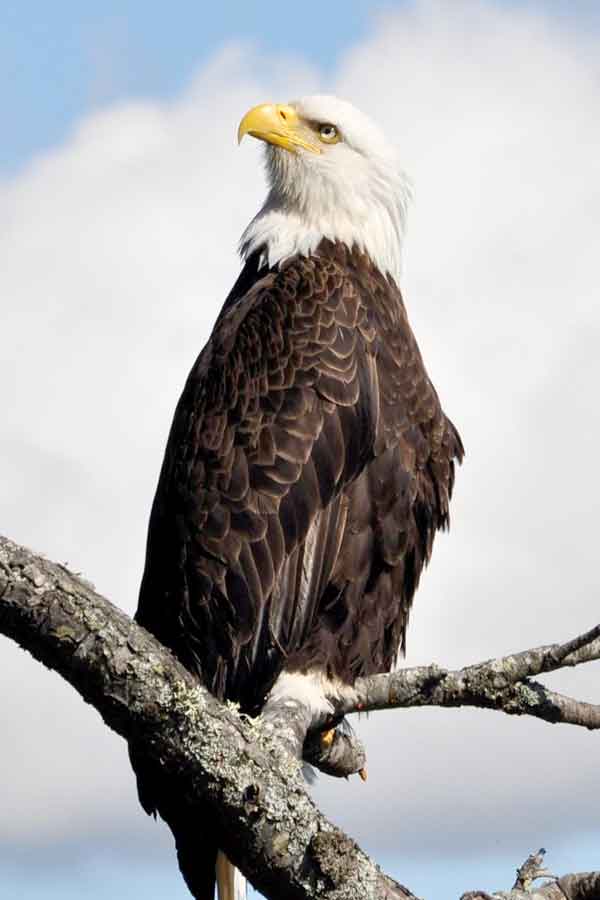
Birds can go into the unihemispheric sleep state while flying long distances.
They will practise so when they migrate in lodge to stay in the air while resting. This enables them to make fewer stops and go to the destination much faster.
Information technology's difficult to measure and practice research on birds that are in this land during flight. Mainly considering they are airborne and they would cease resting if biologists were to interfere during the long flights.
Sources: bbc.com, Britannica.com, newscientist.com
Was this commodity helpful? 

Did y'all observe incorrect information or was something missing?
We would dear to hear your thoughts! (PS: We read ALL feedback)
Source: https://animalhow.com/which-animals-do-not-sleep-5-species/
Posted by: robertsrabing.blogspot.com

0 Response to "How To Make Animal Eat Sleep Unity"
Post a Comment